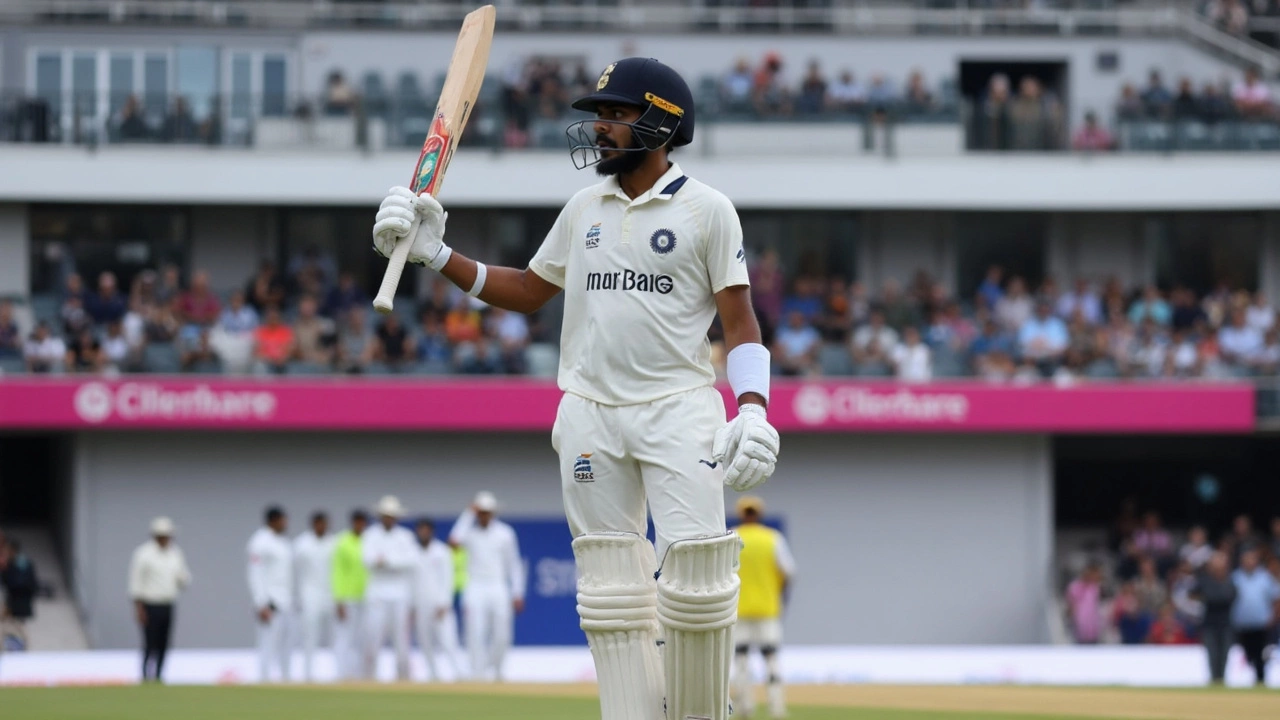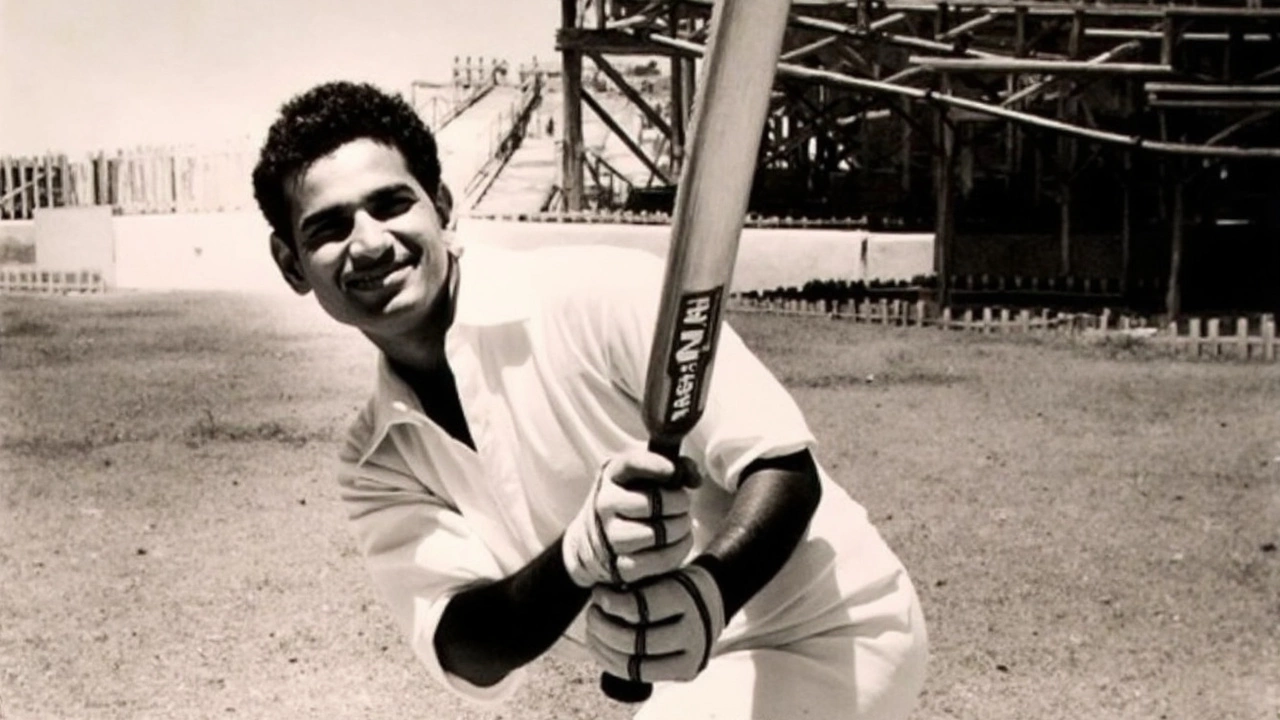The Epic 337: How Hanif Mohammad Defied the Impossible
Picture this—a cricket pitch in Barbados, 1958. Pakistan trails by an enormous 473 runs after West Indies' massive first innings. Most teams would fold, but not with Hanif Mohammad at the crease. Facing an uphill battle, Hanif dug in and produced an innings that still leaves cricket fans and statisticians speechless: 337 runs, 970 minutes—or over 16 hours—at the crease. He set the record for the longest innings by time in Test history, a feat standing unchallenged decades later.
When Hanif walked in, the odds were stacked not just against him, but against the very spirit of Pakistan cricket. The team had been asked to follow-on, meaning they needed to bat again immediately after their collapse in the first innings. The target wasn’t just about chasing runs; it was about survival. Every ball faced was like pushing a mountain one pebble at a time. And Hanif didn’t just survive—he thrived. He finished with 337, at that point the highest ever away Test score and the first triple hundred ever hit by a player in a second innings. He shattered records along the way, including eclipsing Len Hutton's nearly 13-hour innings from 1938.
But numbers only tell half the story. Hanif batted for nearly three days, carrying his team from the brink of crushing defeat to snatching an unlikely draw. He watched partners fall, boundaries dry up, and tempers flare. He faced Roy Gilchrist, the fastest bowler of that era, and Alf Valentine, a crafty spinner who missed nothing. Even with Sir Garfield Sobers in the opponents' ranks, Hanif absorbed every attack and outlasted all comers. For context, he ground out his 300th run after 858 minutes at the crease, easily the slowest triple hundred in Test history.

The Aftermath and Enduring Legacy
What makes Hanif’s 337 more awe-inspiring is what it meant for Pakistan cricket. Without his stand, West Indies would almost certainly have clinched victory by an innings. Thanks to his patience and skill, the final score was 657/8 from a marathon 319 overs—enough to force a draw and silence an entire stadium. His nickname ‘Little Master’ isn’t just about stature; it’s about technical mastery and mental steel. He became the symbol of resilience for a young cricketing nation eager to announce itself to the world.
His record for the longest first-class innings stood for over 40 years until the relatively unknown Rajeev Nayyar spent 1,015 minutes at the crease in 1999-2000. But Nayyar did it away from the limelight of Test cricket. Hanif did it with the weight of a result, a team, and even a nation on his shoulders—against some of the finest bowlers in the world.
Until Brendon McCullum's triple century in 2014, no one had scored a Test triple century in the second innings again. Hanif did it first and, many would say, did it best. Even as Test matches get shorter and cricket gets faster, the legend of Hanif Mohammad’s record-breaking 337 only grows. It’s a story not just of cricket, but of pure human endurance and willpower.
